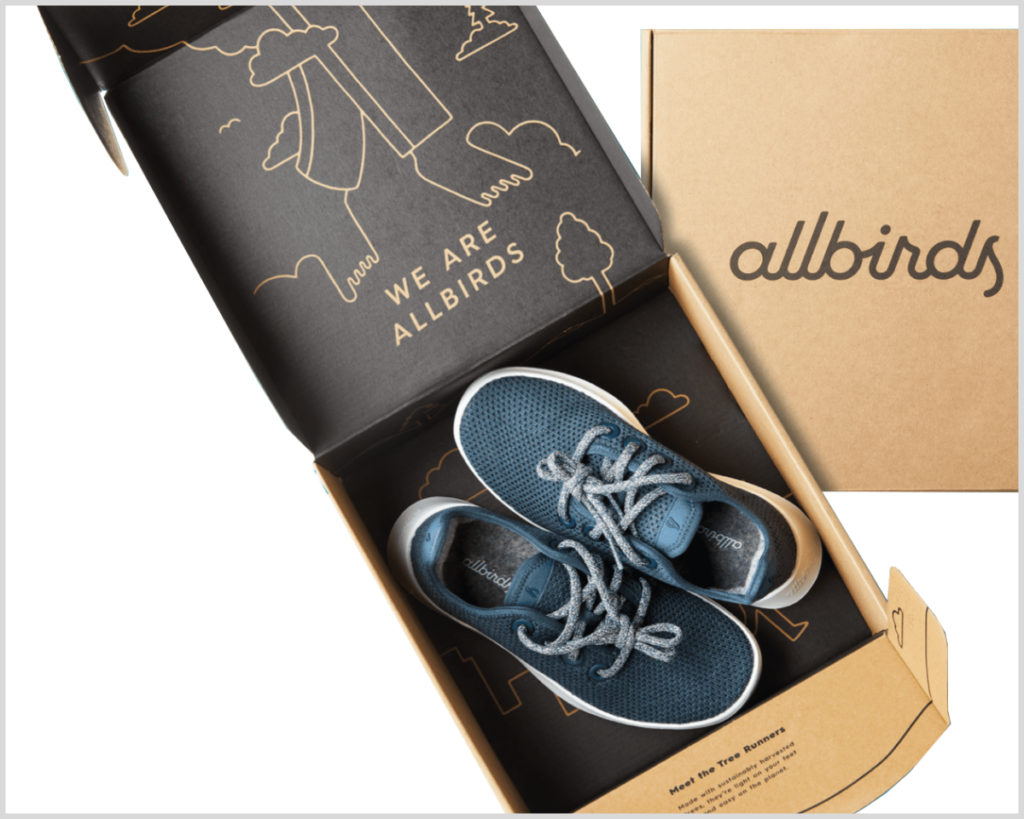“We must also stop looking at recycling as an excuse for excessive consumption and remember the other R’s that come first: reduce and reuse.” – Sappi, Rethinking Recycling

We are super proud to be owned by a brand who believes in sustainability. MIDLAND has partnered with the World Land Trust, and their exciting Carbon Balanced Paper program. Ultimately this program helps protect endangered forests and threatened habitats. Learn more here.
Thankfully, recycling has become almost a given in the corporate world and the majority of homes. But it’s time to move into the new frontier, looking beyond recycling to tap more heavily into the other two, often overlooked R’s in the sustainability trio: reduce and reuse. These initiatives can reduce pollution and waste on the production side, while simultaneously giving consumers easier access to greener choices for their households, something that 88% of consumers reportedly want.
As every business takes a different shape depending on operations and industry, finding ways to reduce and re-use at the corporate level is a complex and highly individual challenge. But some companies have found creative ways to limit their carbon footprint and give products a second life, forging the way for other companies to follow suit. So what can we learn from them?
Sustainability in the Mail
First, as we discuss sustainability through the lens of commercial direct mailing, it’s important to address paper use and its relationship to deforestation. It’s a little known fact that more than half of timber used to make paper comes from privately owned lands, where harvesting techniques like thinning are used. In fact, sustainable forest practices like mandatory regeneration mean that each year forests in North America grow significantly more wood than is harvested. Simply put, today there is more forested acreage today than there was 100 years ago. Look for paper providers certified sustainable by the Forest Stewardship Council (FSC) or the Sustainably Forestry Inititative (SFI), third-party, non-profit bodies.
While we shouldn’t view paper use as bad, the number of trees isn’t the sole consideration, there’s also fuel and water consumption. And let’s agree that one of the key tenants of sustainability is reduction to avoid unnecessary waste.
We’ve made huge strides in terms of overall recycling since the early 90s, but too much paper is still making its way into the landfill at the end of its life, where it can decompose and create methane gas, which is more harmful than carbon dioxide. So what can we do to reduce end-of-life waste for paper?
Jack Schmid, J.Schmid’s namesake and founder, had a plaque on the wall of his office that read in heavy letters: “NO JUNK MAIL.” Which may surprise you if you are aware that direct mail was the heart of Jack’s business until he retired. However, there’s no conflict here. As a marketer, Jack was staunchly against junk mail, as all direct marketers should be, for one key reason: mail that’s wanted isn’t junk mail. And the brand doesn’t want to waste valuable budget printing and mailing catalogs or direct mail pieces that are going to go directly into the recycling bin. When prospecting, marketers should go beyond simple zip and demographic data, layering transactional and lifestyle data to only mail those who are most likely to buy. On your customer file, longer lapsed names should be treated similarly: co-op modeling can be used to select the very best names. It’s smart spending too, ensuring that what we put in the mail is wanted and welcomed. So, we can all agree: no junk mail.
You can also reduce waste by using smaller formats when available. We’ve helped several clients cut costs by replacing some drops with a smaller direct mail format, creating a cadence between full catalog drops and additional touches with smaller direct mail pieces.
Reuse by exploring partially recycled stocks for your mailings. They tend to have good opacity (less show-through) due to the heavier higher wood pulp content than virgin paper. While it does tend to be more expensive than virgin paper, you can offset this by moving to a lighter stock, made possible by the higher opacity. Need to see it in action? Pick up a catalog from Patagonia, which is made from recycled paper.
But wait, doesn’t it need to be 100% recycled? Actually, no. Using recycled fiber in higher quality products, such as printing papers, can use more energy in order to remove contaminants. So 100% recycled content is best suited for tissue, egg cartons, or items that are acceptable with some cosmetic flaws. Packaging, anyone? More on that later.
And of course, encourage the end-user to recycle the piece when they’re done with it by clearly marking the materials recyclable. Paper can be recycled 5-7 times, extending its life and reducing its impact on the planet.
Sustainability on the Shelf
Unboxing videos have become incredibly popular, but they have an unintended consequence: companies who over-package might find themselves under social media scrutiny, as did beauty-brand Glossier.
After a beauty blogger’s unboxing video pointed out that they were using up to 4 pieces of packaging for each product, they faced a social media outcry. Initially, it was bad press for Glossier. However, they listened to their customers, opened a dialog, and responded by reducing their packing and switching to 100% recycled materials. Their quick and thorough response gained them back any favor they lost and gave their fan base even more reason to believe in their commitment. But Glossier’s not alone; Amazon and Marks & Spencer have also been called out for #toomuchpackaging. Greenpeace encourages people to name and shame under the hashtags #BreakFreeFromPlastic and #RidiculousPackaging.
So consider your packaging, and where possible replace plastic packaging with paper packaging that’s more eco-friendly and recyclable, like this example from Allbirds. They didn’t need to sacrifice design with this economic use of 90% recycled packaging that still enhances the brand.
What about the product itself: can it be made from recycled materials?
This is a hot topic in the apparel industry, as fast fashion has made headlines for it catastrophic contribution to fabric waste. Made with non-biodegradable dyes and toxins, literal tons of unwanted clothes get dumped in places like the Atacama desert in Chile, which has become a fast fashion wasteland.
Patagonia has been a pioneer in sustainable fashion, first and foremost reducing waste by creating products that are engineered to be long-lasting. Second, they’ve been partnering to make polyester from recycled bottles since 1993. Today, a whopping 64% of Patagonia’s product lineup is made from recycled materials. Finally, they give used products a second life through their reseller program, where they offer credit for worn Patagonia items so that they can be resold.
As a final consideration for our products, can it be given another life through re-use? REI has a reseller’s program on its site. ThredUp and Poshmark are reseller platforms that have been growing fast, especially amount Millennials and Gen Z, who are moving away from fast fashion to create curated collections of “fewer, better things.”
So to recap: use recycled materials, and choose paper over plastic where possible. Find ways to “wow” in the box without over-packaging.
Sustainability in Your Office
We can all reduce our carbon footprint by making different choices in our businesses: choosing to have virtual meetings rather than fly for in-person meetings. Hasn’t a year in quarantine proven that this can work?
If an in-person meeting is necessary, consider a carbon-offset donation, available from companies like Native Energy or 3 Degrees.
What about allowing employees to work remotely when possible? This means fewer gas-emitting vehicles on the road and fewer work-related apparel purchases.
When on calls, many prefer to take handwritten notes as studies show it drives better recall than taking notes on the computer. However, switching to a reusable surface like Rocketbook or Remarkable can go a long way to avoiding stacks of paper waste.
You can also reduce by eliminating single-use plastic wherever possible, exchanging the single-serving coffee pods for the re-usable or compostable version, and using refillable containers for hand-soap and cleaning products.
It’s a familiar refrain, but companies taking positive steps like this have the potential to make a huge impact. Reduce waste by mailing smarter and choosing paper over plastic, reuse materials to keep them out of the ocean, and make it easy for end users to recycle once it’s served its purpose. It’s just good sense.
Have you found creative ways to be enviornmentally conscious in your business or workplace? We’d love to hear about ti! Email laurena@jschmid.com.
Sources:
Duong, Tiffany. (2021, Nov 15) “Chile’s Atacama Desert: Where Fast Fashion Goes to Die.” EcoWatch.
https://introbiz.tv/glossier-changes-packaging-after-social-media-outcry/ (Glossier)
https://www.forbes.com/sites/solitairetownsend/2018/11/21/consumers-want-you-to-help-them-make-a-difference/?sh=723c6969547b (Futerra Study- 88% of consumers want brands to help them be sustainable)
https://www.unep.org/news-and-stories/story/putting-brakes-fast-fashion: Fashion production produces 10% of the world’s carbon emissions
https://www.unep.org/news-and-stories/story/putting-brakes-fast-fashion
https://www.sappi.com/taking-guilt-out-paper (Sustainable forestry)
Thanks to Unsplash for the photo by Pine Watt
Tags: branding, Lauren Ackerman, marketing, Strategy, Sustainability

